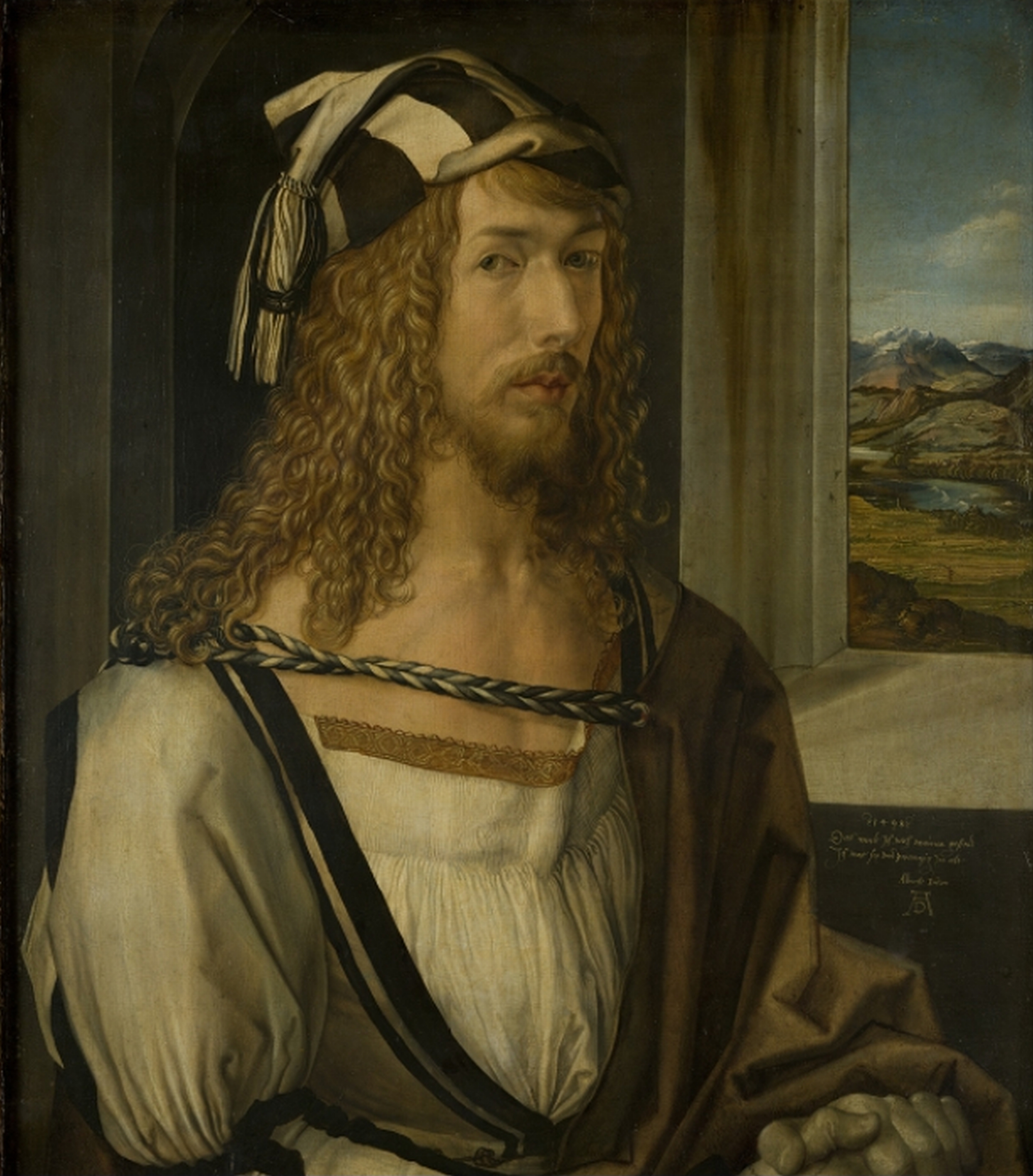This masterpiece is one of the nine chosen by us to celebrate the 9th birthday of DailyArt. Now you can buy it as a fine art print! Its quality is so amazing that you can track every brushstroke made by the artist. We are also using papers and water-based inks of the best quality. You won't find anything like this in museum shops! It is available in a limited edition of 100. You can check it out here. : )
The Hare is a Renaissance masterpiece. The subject is rendered with almost photographic accuracy, and although the piece is normally given the title Young Hare, the portrait is sufficiently detailed for the hare to be identified as a mature specimen. The German title translates as Field Hare and the work is often referred to in English as The Hare or Wild Hare.
The subject was particularly challenging: the hare's fur lay in different directions and the animal was mottled with lighter and darker patches all over. Dürer had to adapt the standard conventions of shading to indicate the outline of the subject by the fall of light across the figure. Despite the technical challenges presented in rendering the appearance of light with a multicolored, multitextured subject, Dürer not only managed to create a detailed, almost scientific, study of the animal but also infuses the picture with a warm golden light that hits the hare from the left, highlighting the ears and the run of hair along the body, giving a spark of life to the eye, and casting a strange shadow to the right.
There is some debate over how Dürer accurately captured the image of the hare: he may have sketched a hare in the wild and filled in the individual details from a dead animal, or captured one and held it alive in his studio while he worked on the painting. A reflection of the window frame in the hare's eye is often cited as evidence for the theory that Dürer copied the hare from life in his workshop, but this cross-barred reflection is a technique that Dürer frequently used to add vitality to the eyes of his subjects.
Have a great Saturday!
P.S. Dürer was one of the first artists to view animals as a subject worthy of attention. Here we present seven animals created by Albrecht Dürer that prove his genius.


 Albrecht Dürer
Albrecht Dürer